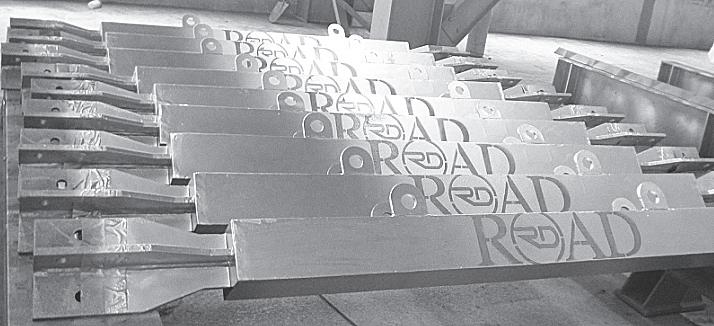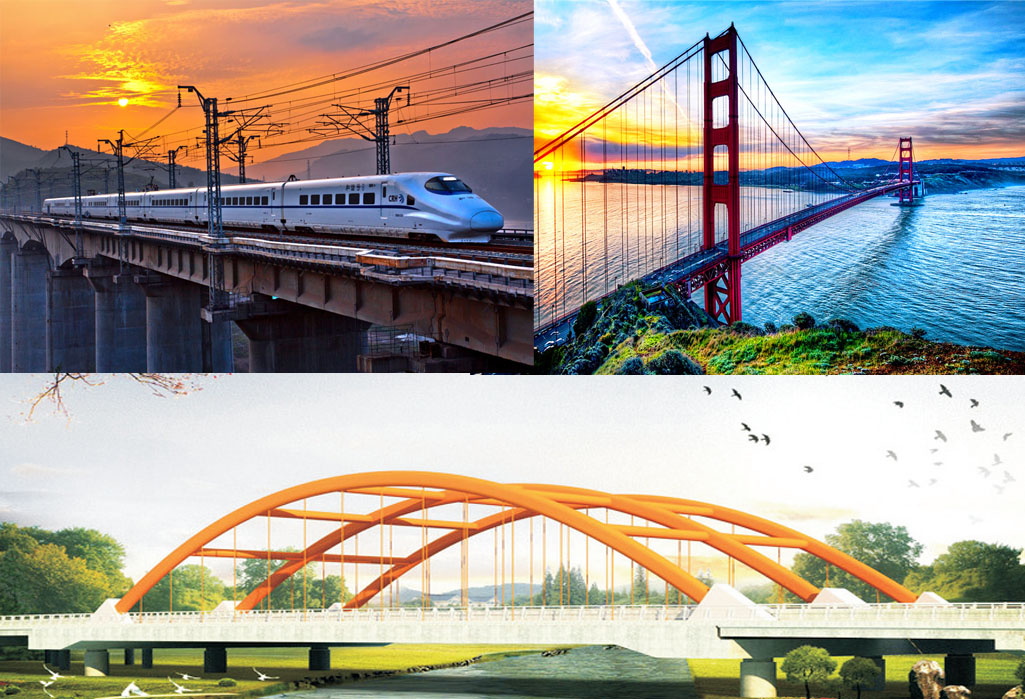Both natural and manmade disasters can wreak havoc on a society's infrastructure and economic state. As a direct result of climate change, more natural disasters such as wildfires, widespread flooding, hurricanes, and tropical storms, occur more frequently. Managing these disasters costs billions of dollars annually.
Additionally, poor populations are disproportionately affected by natural disasters. If a given region has informal housing and is prone to hazards induced by climate change, it can lead to a disastrous situation for the people dwelling in that region. Tuned Mass Damper

Governments need to intervene to heighten regulations and policies surrounding the impact of climate change. Whether it’s working with national organizations or producing clean energy initiatives, the leaders of countries worldwide need to do more to combat these issues that affect our health and well-being.
This is one of many reasons why building resilient cities and structures that can withstand even the most severe natural disasters is crucial. Aside from achieving economic stability, resilient cities can prevent loss of life — something that everyone can get behind.
What to Consider When Building Disaster-Resilient Structures
All of these factors listed below can come from a natural disaster, and often, collapsed buildings are the main contributor to the loss of life they cause, not the natural disaster itself.
Below are some of the considerations that have to be made when retrofitting buildings to be disaster resilient.
Creating and Maintaining Buildings to Withstand Natural Disasters
Both architects and engineers of residential and commercial buildings need to consider weather events and work to build disaster-resilient structures. With more natural disasters occurring annually due to climate change, it's now a top priority to equip buildings with weather-resistant materials to ensure the safety of those residing in these properties.
Jane Marsh is an environmental writer. You can keep up with her work on her site Environment.co.
This free webinar attendees will learn about what good looks like for IAQ and how to prevent, manage, and mitigate mold in the environment.

Industial Damper 14901 Quorum Drive, Suite 425 Dallas, TX 75254 (972) 687-6700